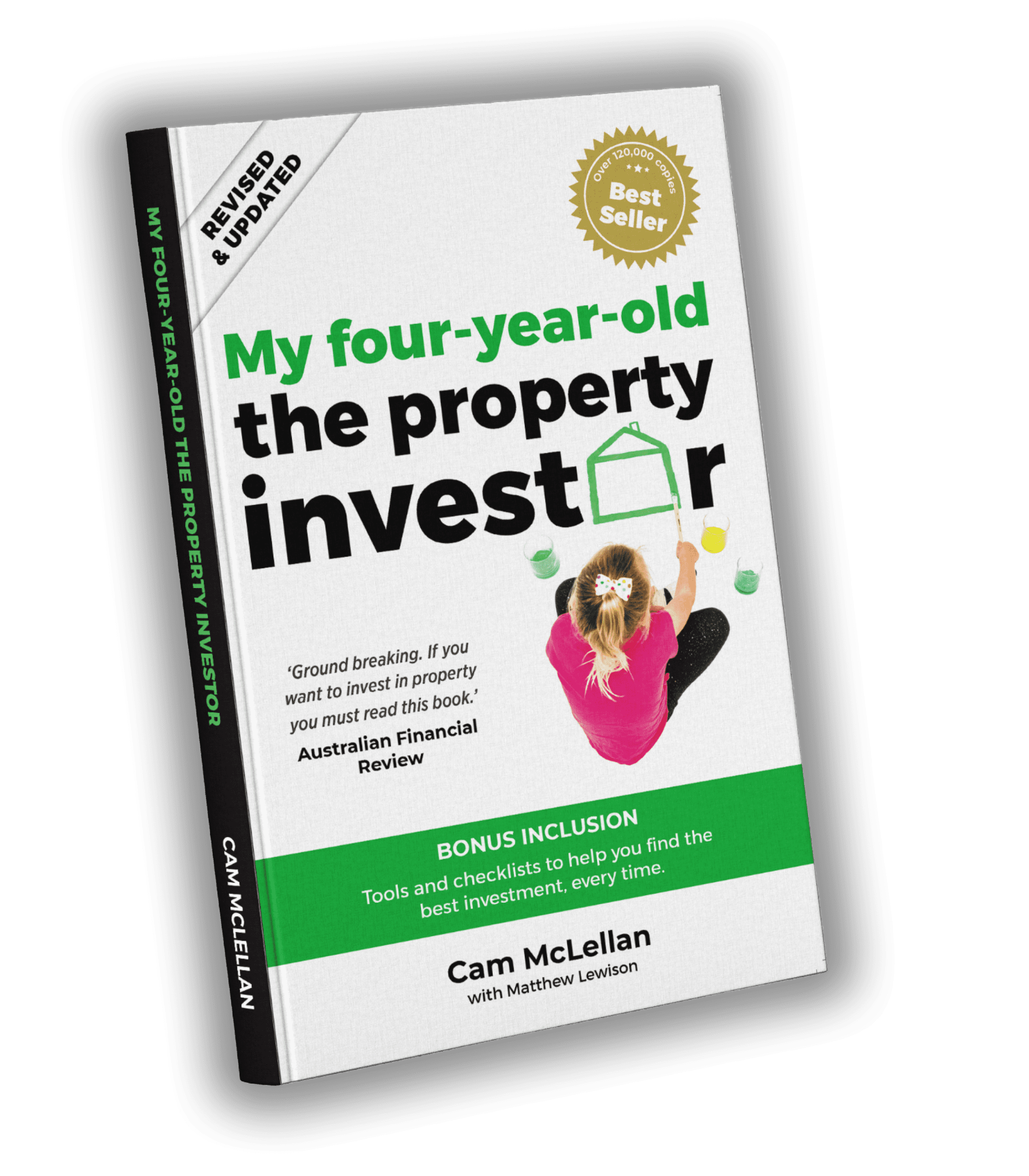By Michael Beresford
UNLESS YOU’VE BEEN HIDING UNDER A ROCK OR OVERSEAS for the past few months, no doubt you’ll have heard about the changes the Australian Prudential Regulatory Authority (APRA) is introducing through banks to effect change in the lending system within Australia.
Going by the number of calls I’ve taken from clients of mine, and casual conversations that I’ve had with family and friends over the past few months, the most common questions are, “how is this going to affect me?” and “is it going to make it easier or harder for me to be able to buy my first or my next property?”.
INVESTOR SURGE
Firstly, let’s look at why these changes are being introduced. It’s no secret the Sydney market has been by far the best performer in the past three years or so in Australia, seeing a 14 per cent increase in the past 12 months alone.
A large number of these purchases have been by investors and lenders are looking to limit the number of investor loans to about 10 per cent of their overall loan book. There are a couple of reasons why investor loans have increased in recent times.
The first is that through the GFC, most of the capital city property markets in Australia didn’t see significant growth so, with low interest rates and ongoing demand through population growth, the supply and demand equation is ripe to see ongoing price growth within Australian residential property.
The second is that the younger generation of Australians have realised that buying their own home at a young age, when they aren’t going to be living in that property for a long period of time, is an expensive way to live. Several of them have been continuing to rent in desirable locations and buying investment properties instead, so at least they have a foothold in the property market.
The third reason is that an increasing number of loan applications that look like investor loans (because they’re on interest-only terms) are actually loans to owner-occupiers funding their principal place of residence (PPOR).
To optimise cash flow, owners prefer to have a loan on interest-only terms. This actually happened to me and I didn’t have to ask the bank for it, they did it by mistake!
APRA CHANGES
What changes have taken place so that it’s harder to obtain loans for investment? The first is that some of the banks are changing the loan-to-value ratio (LVR) they’re prepared to lend on investment purchases. For example, BankWest recently said that it will only lend to an 80 per cent LVR on its investment loans.
The main way, though, that banks are implementing these changes is through making servicing calculations tougher, which they’re doing in a number of ways. Firstly, some banks are loading interest rates. Instead of calculating your borrowing capacity on what you actually repay back to the bank based on your current debts, they add a loading of approximately two to 2.5 percentage points on top of your actual interest rate and calculate repayments at the higher rate. This is to ensure protection should interest rates rise.
Secondly, they’re implementing higher interest rates for investment loans as opposed to PPOR loans. Thirdly, they’re increasing the allowances for living expenses in their loan calculators. Finally, some lenders have gone as far as removing the negative gearing benefits that existing investors can take advantage of when calculating servicing as well.
THE UPSIDES
But it’s not all bad news. One thing that hasn’t changed is that banks are billion-dollar corporations and to keep their shareholders happy they have to make billion-dollar profits. I’ve never known a bank to make decisions that materially affect this. So, there are still plenty of opportunities out there and you can find ways to get the finance that you are after in order to continue to build your asset base with property.
This all makes sense, you might think, but how does someone who doesn’t have an in-depth understanding of the lending system navigate through the financial world? Since the GFC, different banks have had an appetite for different types of loans, with some preferring investment loans in particular. Naturally most of the information in the news is about what the big banks do and because the big banks have the highest proportion of loans and investors, they have been the hardest in terms of having to implement changes where regulations from APRA are concerned.
Having met with several brokers in recent weeks to understand the impact of these changes and what it means for lenders they deal with, I’ve still been able to find:
- Investor loans out there at 95 per cent LVR.
- Loans on low interest rates (well under 4.5 per cent variable rate at time of writing) for 90 per cent LVR loans.
- Several banks that continue to calculate servicing based on the existing repayments that you make on current debt as opposed to loading that interest rate.
You might be thinking, how do I actually find these loans and people to help me with this? The key with most things finance is to shop around. Understanding how brokers work, they typically have strong relationships with a small number of lenders and this relationship can be based on their ability to get loans expedited through the approval process or the commissions they receive. It’s fine that they make money, but you need to make sure you’re getting the right outcome as well.
So, don’t assume the recommendation they make is the only option for you or is even the best option. Just because brokers tell you that you don’t have sufficient borrowing capacity through some of their preferred lenders, don’t be discouraged and don’t take no for an answer. Shop around and talk to different brokers to understand your situation and how they may be able to help you. Understand the information that banks need to see to strengthen your application. Remember, they’re looking to mitigate their risk, so show you’re as strong as possible.
The finance world is a complex one and it’s a difficult process to be able to get finance. I frequently tell my clients that since it’s the hardest part of the process expect it to be hard, but persist. From experience, I’ve been knocked back several times for loans before finding a lender that has an appetite for my kind of situation of lending and I’ve been able to buy that next property as a result. Don’t just depend on the bank that you have a good relationship with – be prepared to shop around and be prepared to be proactive. Happy investing
This article first appeared in API Magazine and is reproduced here with their permission.








